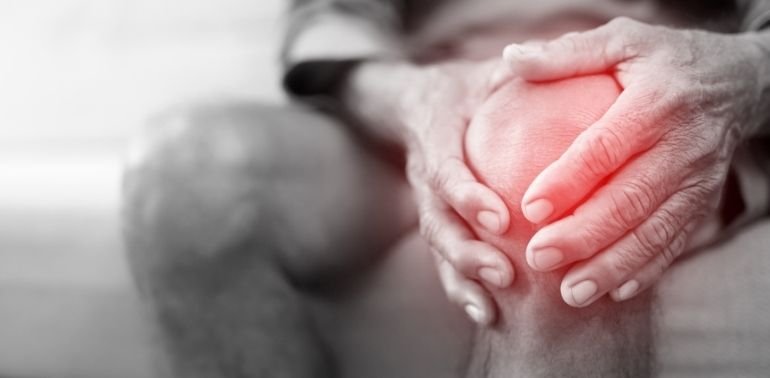
Osteoarthritis is one of the most common degenerative joint conditions, affecting millions of people worldwide. It occurs when the protective cartilage cushioning the ends of your bones gradually wears down over time, leading to pain, stiffness, and reduced mobility. Osteoarthritis treatment is mainly through proper management. The condition can affect any joint, though it commonly targets the knees, hips, hands, and spine.
While osteoarthritis cannot be completely reversed, proper management can significantly reduce discomfort, improve joint function, and enhance overall quality of life. Early intervention and ongoing care are key to slowing the progression of the disease and maintaining daily activity levels.
The exact causes for osteoarthritis can vary, but several factors increase the risk of developing this joint condition:
Recognizing the signs of osteoarthritis early can make a significant difference in osteoarthritis treatment outcomes. Common symptoms include:
Treatment for osteoarthritis aims to reduce pain, improve joint function, and enhance the quality of life. A combination of therapeutic approaches is typically recommended, depending on the severity of the condition. Common osteoarthritis treatments include:

Knee osteoarthritis symptoms often include pain during movement, swelling, stiffness, and a grating sensation. Specific therapy for osteoarthritis knee is essential for preserving mobility and delaying joint replacement surgery. Early and consistent osteoarthritis treatment can greatly improve long-term joint health and function.
Physical therapy exercises for knee osteoarthritis typically focus on strengthening the quadriceps, hamstrings, and calf muscles, improving joint flexibility, and enhancing balance. Exercises like straight leg raises, step-ups, and gentle stretches can reduce knee pain and support everyday activities.
Similarly, hip osteoarthritis leads to groin pain, stiffness, and difficulty with movements like walking or climbing stairs. Tailored physiotherapy and strengthening routines help reduce pain and maintain hip function over time.
Though not all cases are preventable, certain lifestyle choices can lower your risk or delay the onset of osteoarthritis:
By adopting these habits, you can better safeguard your joint health and reduce the risk of developing osteoarthritis in the future. For those already experiencing symptoms, seeking osteoarthritis treatment in Milton can help manage pain and improve joint function effectively.
Osteoarthritis is primarily caused by the gradual breakdown of cartilage the protective tissue at the ends of bones which leads to friction, inflammation, and pain in the joints. Common contributing factors include aging, joint overuse, obesity, genetics, previous joint injuries, and poor posture. Over time, as the cushioning wears away, bones begin to rub together, causing stiffness, swelling, and reduced joint mobility. The knees, hips, hands, and spine are often the most affected areas.
Currently, there is no permanent cure for osteoarthritis, as it is a chronic degenerative condition. However, its progression can be slowed and symptoms effectively managed through a combination of lifestyle changes, medication, physical therapy, and in some cases, surgical intervention. Early diagnosis and a personalized treatment plan can significantly improve quality of life and help maintain mobility.
Osteoarthritis treatment typically involves a multi-faceted approach focused on reducing pain, improving joint function, and maintaining flexibility. Non-surgical treatments include anti-inflammatory medications, pain relievers, corticosteroid injections, physical therapy, weight management, and assistive devices like braces. In advanced cases, joint replacement surgery may be considered. Incorporating low-impact exercises, such as swimming and walking, also plays a vital role in long-term joint care.
Regular, gentle exercise helps strengthen the muscles around the joints, improves flexibility, reduces stiffness, and supports weight loss all of which ease the pressure on affected joints. Activities like stretching, yoga, swimming, and cycling are particularly beneficial for people with osteoarthritis. Exercise also stimulates blood flow and joint lubrication, which can decrease inflammation and promote better range of motion over time.
If you’re experiencing persistent joint pain, stiffness that lasts more than 30 minutes in the morning, swelling, or difficulty with daily activities like walking or climbing stairs, it’s time to consult a healthcare provider. Early intervention can help slow the disease’s progression and prevent further joint damage. A physiotherapist or orthopedic specialist can recommend a personalized treatment plan based on your condition’s severity and your lifestyle needs.
Our therapists are trained and certified in therapy technique
Personalized Treatment I'll book a meeting so we can solution this before the sprint